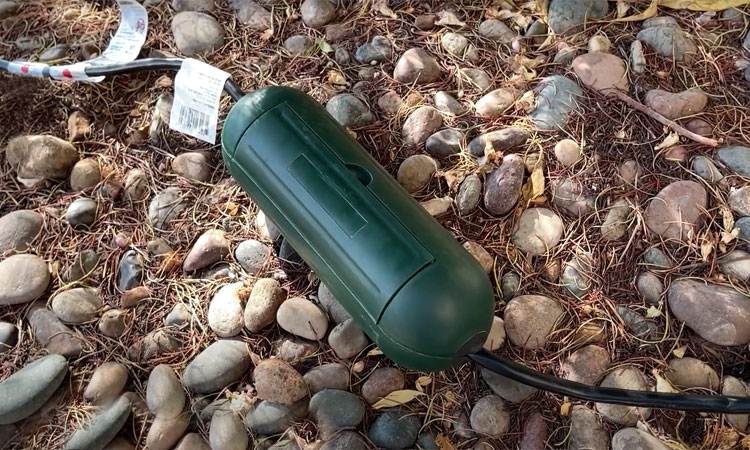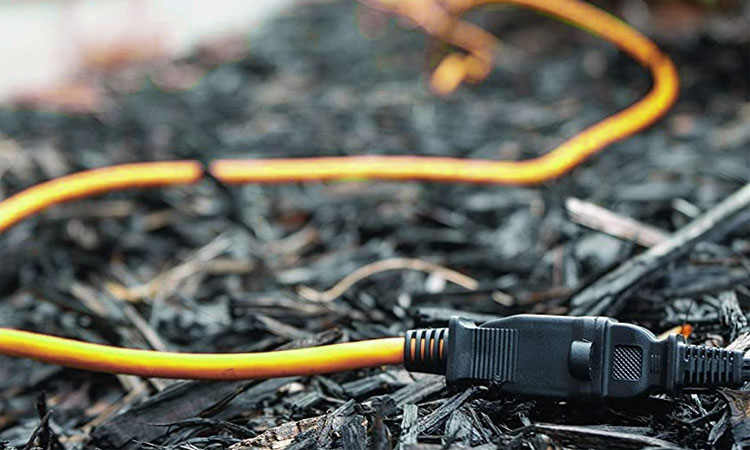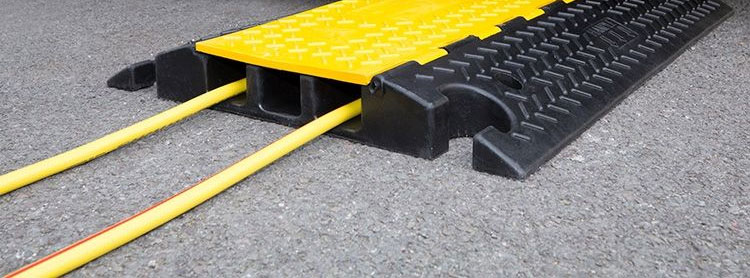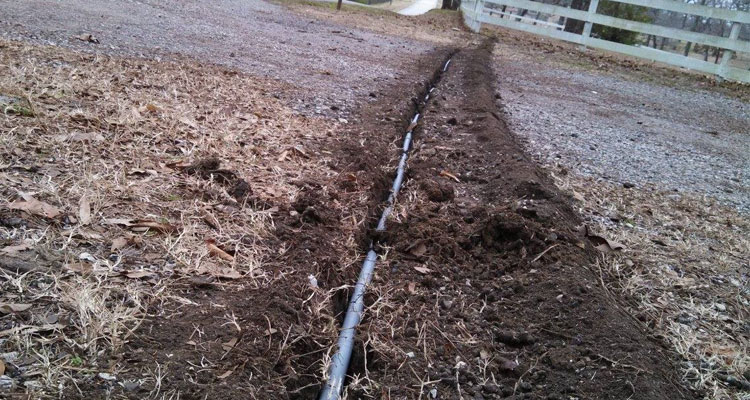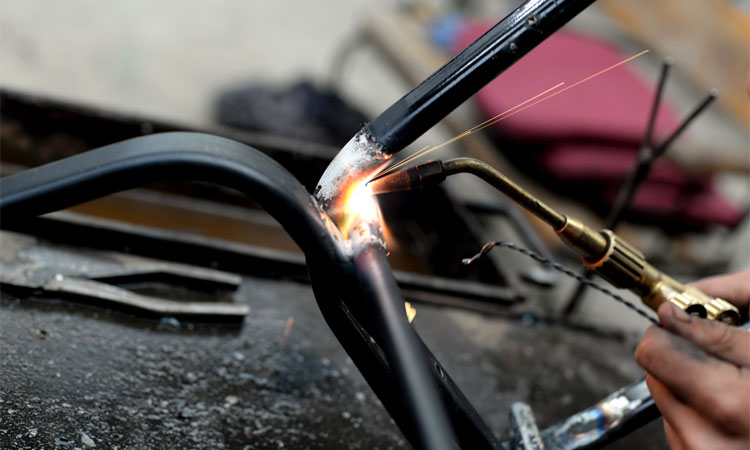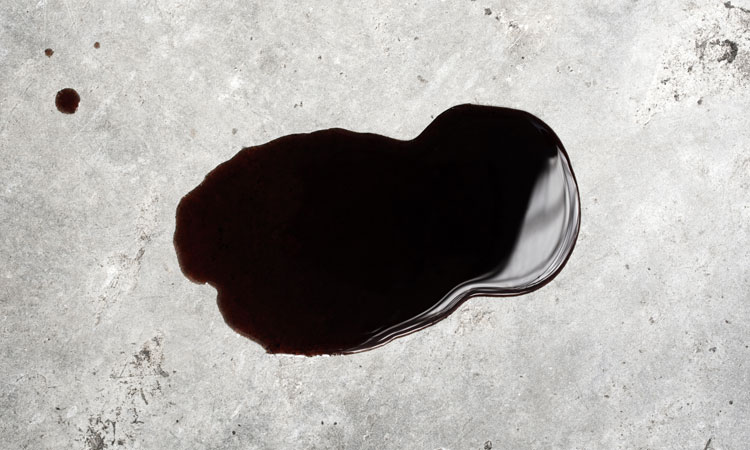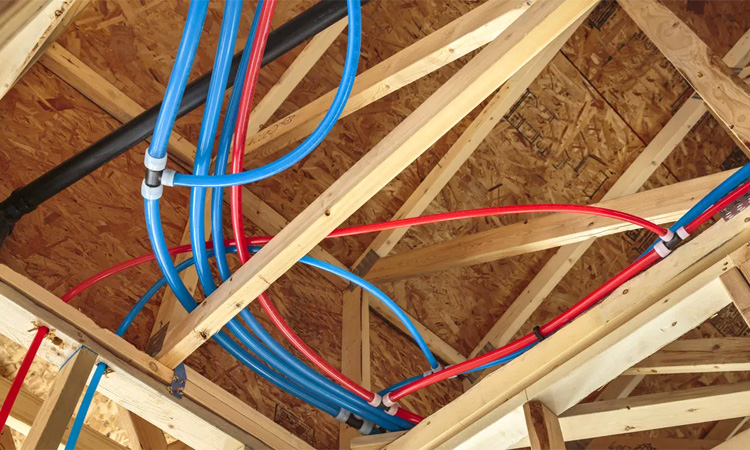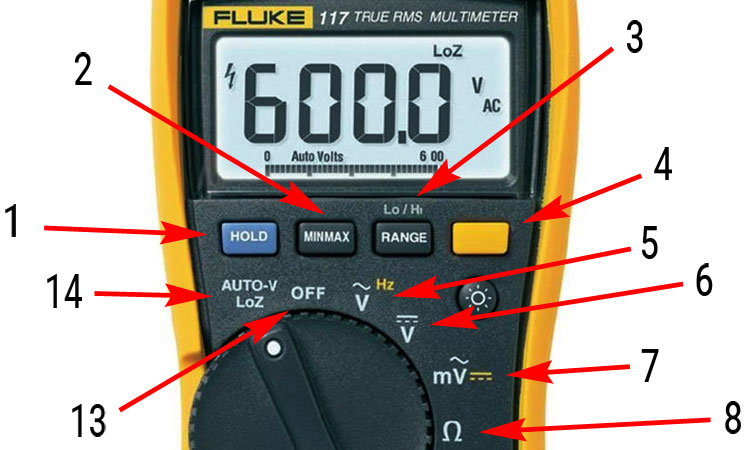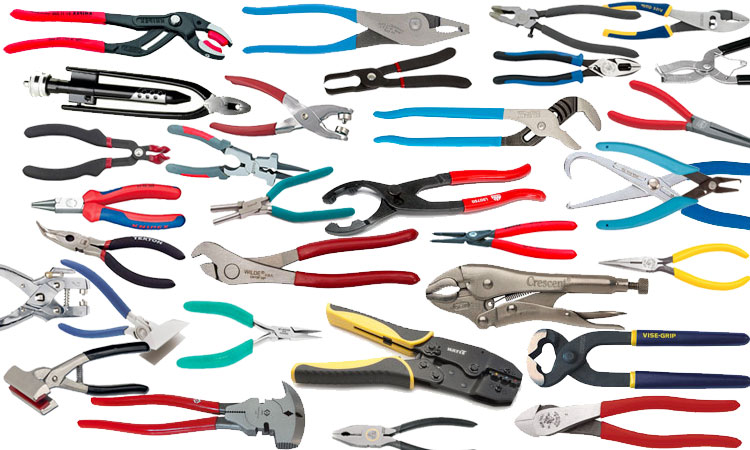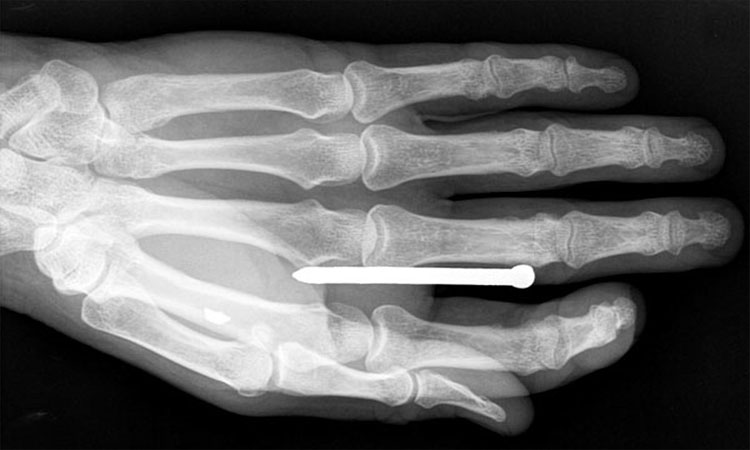7 Ways to Hide Extension Cords Outside
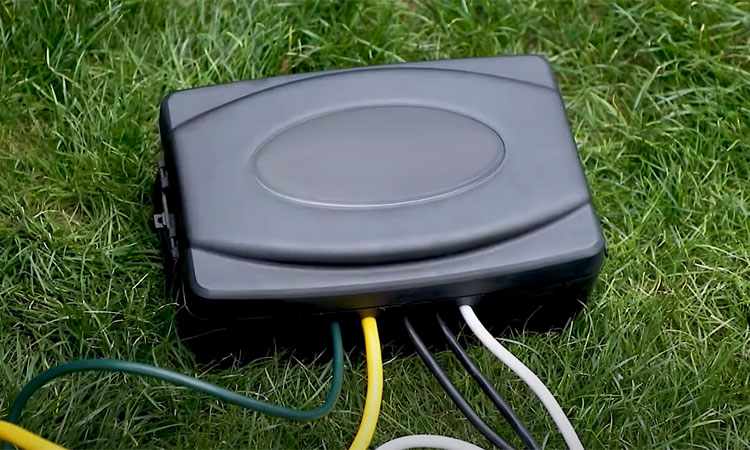
Warm weather is approaching, which means it’s time to start thinking about all sorts of outdoor projects. Perhaps you’re planning to add new deck lighting, installing some string lights above your patio, or a small water fountain.
There are countless possibilities that tend to have one thing in common: the need to run an extension cord outside for long periods of time.
It’s not uncommon to run an extension cord into the yard for brief tasks such as running a corded weed whacker or hedge trimmer, but it becomes necessary to conceal or cover up the cords for long-term usage.
Let’s take a look at some of the reasons why this is important, then go over some simple (and usually quite cheap) options.
Why Hide or Cover Extension Cords Outside?
There are several reasons to cover the cord, such as:
Aesthetics
Let’s face it, seeing a bright orange or yellow cable snaking through your prized begonias is rather tacky. This can look especially bad during the holidays, where you have a lot of decorative lighting and possibly even electronic yard displays.
During the day, the cords can be seen running all over the place, but this can also become a safety hazard at night.
Cord Life
A lot of things can shorten (or short out) a cord’s lifespan. For example, animals will often nibble on exposed cords, or they could get nicked by tools or sharp rocks and masonry.
They can also get wet, which can be a problem in its own right that can damage anything connected to the cord.
Safety
Safety is one of the biggest reasons for wanting to cover or conceal the cord. A major concern is the trip risk it poses. However, you could also damage it while mowing the lawn, walking over it, accidentally clipping when trimming plants, etc.
All of these can wear out or destroy the protective coating, which in turn can lead to shorts or electrical fires.
But one other concern deserves special attention…
Can Extension Cords Get Wet?
This is one of those questions that often gets debated due to personal experience. Cords get wet. Whether in the garage or kitchen, there’s bound to be some time or other that your extension cord is exposed to moisture. But it’s a little different outdoors.
The simple fact of the matter is that your extension cord is NOT waterproof. The coating protects your cord’s wires from moisture and may have some degree of waterproofing or resistance, but what happens if that coating gets compromised? Or even worse, what happens if moisture gets into the socket or plug?
Even a little moisture can lead to electrical fires, shorting out equipment, electrical shock, sparking, or even blow a fuse. By covering the cord, you reduce the risk of damage and further insulate it from any potential moisture.
Such measures will also often allow you to keep the outlet protected, thus minimizing the risk of moisture-related issues.
Remember, it doesn’t rain indoors, so your personal experience with cords and moisture might not be sufficient for the trials of keeping a cord outside for long periods of time.
Three Things You MUST Have
When using an extension cord outdoors, there are three things you should never compromise on:
GFCI Outlet
These special outlets are designed to protect against water and power surges. You should have one anywhere there might be water, especially outdoors.
Proper Cord
You shouldn’t use any old extension cord for outdoor projects. Instead, always use a heavy-duty extension cord to ensure the best weather resistance and durability.
Proper Storage
The best way to store extension cords outdoors when not in use is a cord strap (just be sure to cover or cap the ends), but many of the cover options listed below will work well if you have to use a cord for a longer period of time.
Note: For indoor storage, a retractable extension cord reel is a great investment.
How to Cover Outdoor Extension Cords
Here are some great ways to conceal or cover up your extension cords. Note that there is no one “best way” to do this, as different circumstances tend to have their own ideal solutions.
#1 – Cable Management/Cord Boxes
Cord boxes are convenient for keeping your cords organized and will also help protect them from the elements. Depending on the type of cord box, you might even be able to store a surge protector or extension cord entirely inside.
The prices, sizes, and materials used for an outdoor cord management box can vary greatly, but they’re a cost-efficient way to keep things looking nice and tidy without complicated installations.
#2 – Cord Clips
This is one of the cheapest ways to keep cords out of the way. They’re cheap, can be purchased at any hardware store, and quite effective when used on the front porch, patio, or deck.
These will hold the cords along a wall or post where they won’t get wet or trampled on. Best of all, they don’t require any special equipment to install.
#3 – Cord Covers (Cord Ramps)
These can vary in price depending on the kit you choose, the length needed, and the cover’s material. However, they all perform the same function. You’ve doubtless seen cord covers in use but might not have given them any thought.
They look like little low-profile speed bumps that have a protective outer layer which lies flush to the ground on both sides and contains a channel down the middle of the underside to run cables.
The kits tend to be mostly inexpensive and many come with a bottom so you won’t have to lay any insulating materials underneath. These are a little more expensive but provide an excellent waterproof barrier for your cord. Best of all, you can get shorter lengths if you only need to cover a portion of the cord, such as across a walkway. They’re easy to install and can be used in conjunction with cord clips or other options, depending on where the cord will be running.
#4 – El-Cheapo Temporary Solutions
We don’t recommend these for long-term use, but they can provide a quick fix on short notice.
- Wrap electrical tape around the plug and outlet, making sure the tape overlaps as you go. This makes for a short-term means of waterproofing but isn’t a practical long-term solution.
- Heavy plastic such as Ziploc bags can make for a decent emerg4ency waterproofing cover. Just wrap it tightly around the plug and outlet and tape it using some electrical tape to complete the seal. Again, this isn’t a viable long-term solution, but if clouds suddenly coat the sky, this might protect your electronics until the storm passes.
- Grab a small Tupperware from the kitchen and cut a hole in each end just big enough to slot the plug and outlet in. You can then seal the container for a short-term waterproofing solution.
- Finally, there’s the humble pool noodle. This provides a quick and dirty method to add water resistance and insulation, plus it sticks out like a sore thumb, so there’s very little risk of people tripping on the cord if you’re looking where they’re going.
#5 – Planters
Your typical flower planters are a good way to conceal cords being used for short-term projects. Not only will the planter hide the cord from sight, it’ll also keep the cord from straying into the path of danger.
Of all the methods, this is one of the simplest and most useful options for temporary cord concealment – providing you have planters or pots, that is.
#6 – PVC
This is perhaps the best way to run a cord along the ground on a long-term basis. PVC is a watertight insulator, although not always the cheapest option out there. However, if properly sealed, you can bury the pile six inches below the ground to provide a sturdy pipeline for your cords.
Obviously, this works best for long-term wiring solutions, but it can also be a good option to run cord under the ground seasonally. Just be sure to cap the ends when not in use.
If you plan on building a house in the near future, make a note to install a heavy duty extension cord inside some PVC piping under your driveway to allow for easy power hookup to Christmas lights or in-laws RV next time they visit.
See Also: PVC vs CPVC
#7 – Use Your Siding
This is an excellent way to protect your cord from the elements and keep things looking nice and neat during long-term use. Simply tuck the cord up under the siding or along the laps and secure it with wedges or adhesive-backed cable holders.

